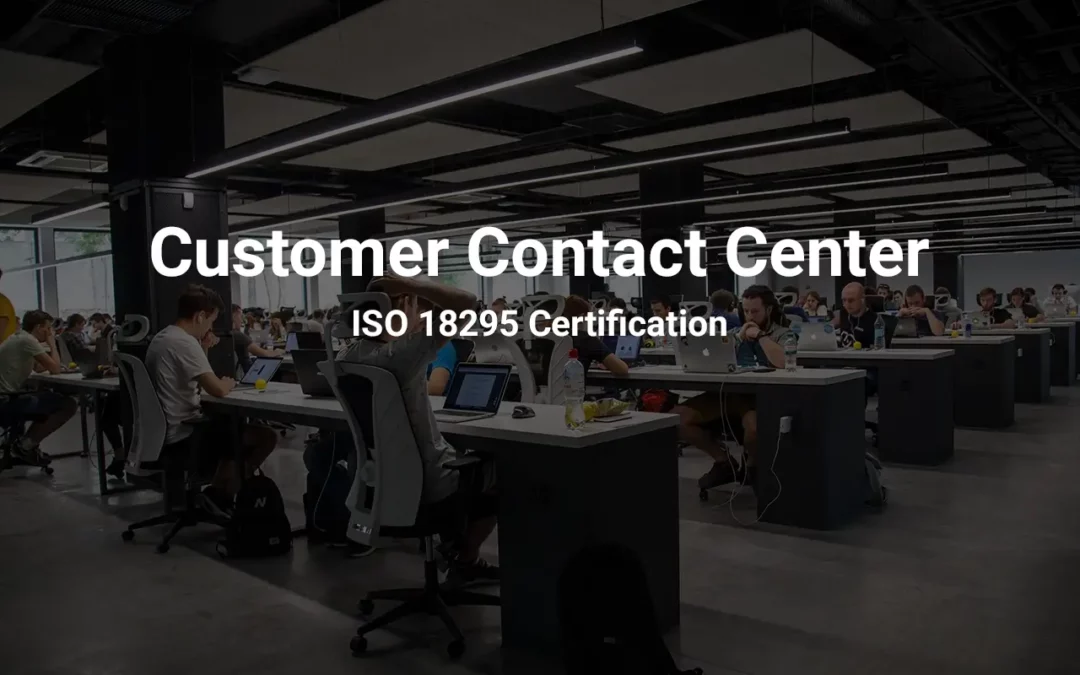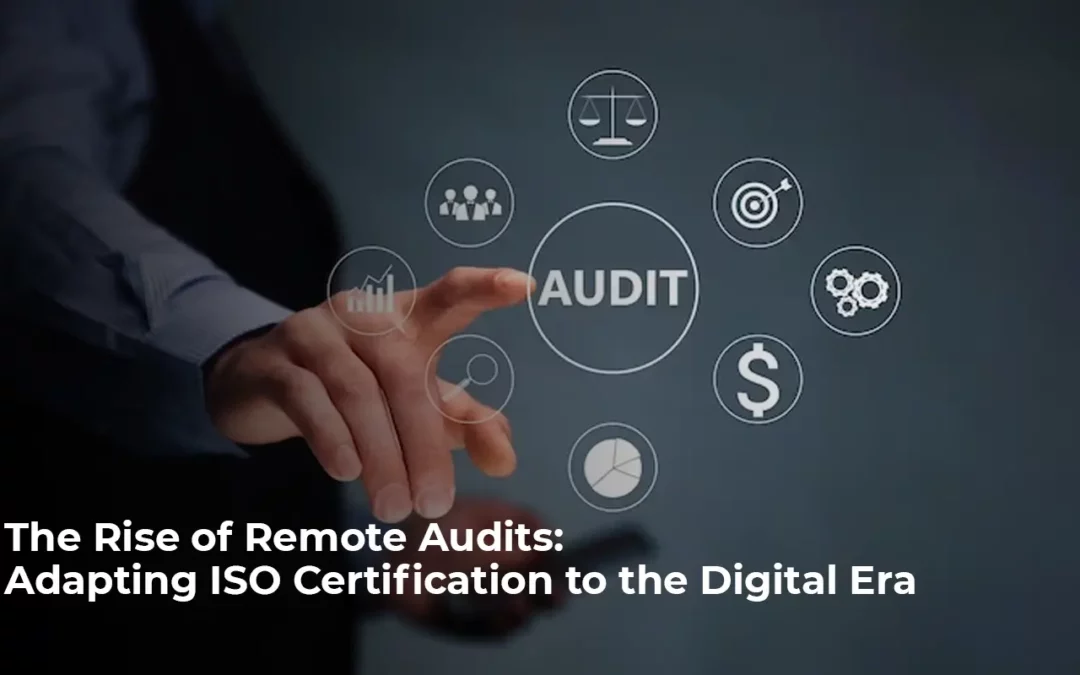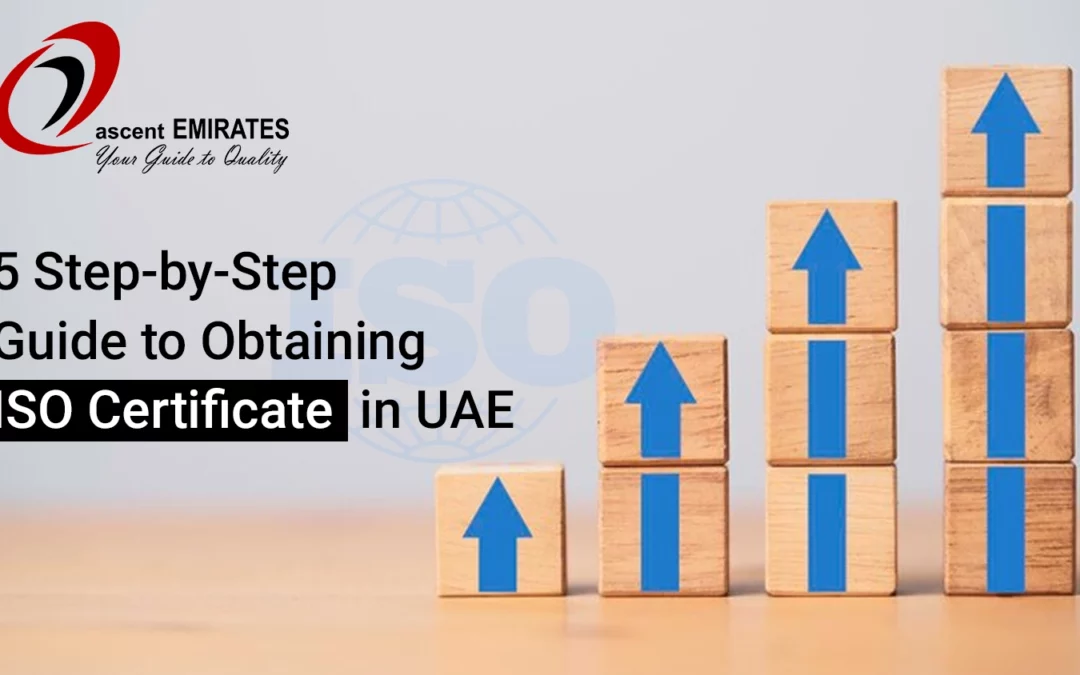
Unveiling Excellence: Measuring Customer Satisfaction under ISO 18295
In the powerful domain of customer-driven tasks, ISO 18295 stands as a directing power, in functional administration as well as in hoisting consumer satisfaction.
This blog digs into the approaches and devices suggested by 18295-1 Call Center in UAE for estimating customer satisfaction, disentangling the manners by which this standard improves service quality.
The Key KPIs to Measure Customer Service Performance:
- First Contact Resolution Rate: The first Contact Goal is a KPI that is progressively utilized for customer support management. It estimates the extent of solicitations that are handled and settled in a solitary contact. The Primary Contact Goal rate (FCR) is determined by partitioning the number of occasions handled and settled at first contact by the complete number of occasions handled (duplicated by 100).
- Wait Time: This KPI is much of the time used to quantify the availability of customer administrations. The Wait Time is the typical measure of time it takes for a customer to be associated with customer administrations.
- Customer Service Pickup Rate: The Pickup Rate estimates the number of calls replied to in contrast with the quantity of approaching calls. The Wait Time and the Pickup Rate are two markers utilized for, 18295-1 Call Center in UAE.
- Average Call Handling Time: The Average Call Handling Time is essentially used to deal with your customer care spending plan. You actually might say that the Average Call Handling Time is an enemy of customer-driven KPI because looking to further develop it will in general adversely influence quality.
- Net Promoter Score (NPS): How about we presently continue toward KPIs that revolve around the customer, their fulfillment, and their dedication? One of the most outstanding realized ones is the Net Advertiser Score (NPS). NPS is a fulfillment score. It is determined in light of the solutions to the accompanying inquiry: “On a size of 0 to 10, how probably would you say you are to suggest our image/organization/administration to your companions/partners/family?”
- Customer Effort Score (CES): The less exertion a customer needs to apply, the more probable they are to stay steadfast. This has been logically demonstrated by a Customer Effort Score study directed at 75,000 individuals. Very much like NPS, the Customer Effort Score (CES) is a KPI that empowers you to quantify consumer satisfaction. The CES score is gotten by asking post-contact customers an inquiry, for example,
“How easy was it to get your query handled?”
- Customer Satisfaction Score (CSAT)
The Consumer Satisfaction Score, or CSAT, is a fundamental yet fundamental pointer. It is a definitive fulfillment marker. The satisfaction score is determined by conglomerating the reactions to this basic inquiry:
“How fulfilled would you say you are?”
Unraveling How ISO 18295 Certification Enhances Service Quality:
- Introduction to ISO 18295 and Customer Satisfaction:
ISO 18295-1 Customer Contact Center, puts a huge accentuation on conveying uncommon customer encounters. A necessary part of this standard is the efficient estimation of consumer satisfaction to drive consistent improvement.
- ISO 18295 Suggested Procedures:
Investigate the procedures embraced by ISO 18295 for checking consumer satisfaction. This might incorporate studies, criticism shapes, and direct customer connections. Dive into the meaning of choosing procedures lined up with the interesting attributes of the contact community’s administrations.
- Surveys and Feedback Forms:
Separate the job of overviews and criticism structures in estimating consumer satisfaction. Examine the significance of very much-created questions, the planning of overviews, and how these apparatuses add to social affairs and important experiences from customers.
- Net Promoter Score (NPS):
Unload the idea of Net Advertiser Score (NPS) and its application about ISO 18295. Investigate how NPS gives a direct measurement to evaluating customer dependability and fulfillment.
- Customer Meetings and Center Gatherings:
Feature the worth of direct connections through customer meetings and center gatherings. Examine how subjective bits of knowledge acquired from these techniques add to a more profound comprehension of customer feelings.
- Customer Journey Mapping::
Look at the job of customer venture planning in ISO 18295-1:2017 way to deal with estimating fulfillment. Exhibit how understanding the customer’s process supports recognizing touchpoints for development.
- Performance Metrics and Key Performance Indicators (KPIs):
Examine the determination and use of execution measurements and KPIs suggested by ISO 18295. Investigate how these pointers give a quantitative proportion of consumer satisfaction and in general help quality.
- Using Technology:
Investigate the innovative devices and arrangements that line up with Call Center Management Certification proposals for estimating consumer satisfaction. Examine how customer relationships management (CRM) frameworks and investigation add to information-driven bits of knowledge.
9 Data Analysis and Continuous Improvement:
Look at how 18295-1 Call Center underscores the examination of consumer satisfaction information and its mix into a consistent improvement process. Talk about the iterative idea of upgrading administration quality in light of customer criticism.
- Benchmarking Against Industry Principles:
Feature the significance of benchmarking consumer satisfaction against industry principles. Talk about how this training assists in self-assessment as well as positions the contact with focusing on planning with industry best practices.
- Employee Training and Customer Cooperation Abilities:
Come to an obvious conclusion regarding ISO 18295’s attention on estimating consumer satisfaction and the preparation of contact focus workers. Talk about how improving customer communication abilities decidedly impacts fulfillment levels.
Conclusion:
All in all, estimating consumer satisfaction under 18295-1 Call Center in UAE isn’t only a measurement; it’s an essential objective. By investigating the systems and instruments suggested by this norm, contact focuses can acquire significant bits of knowledge, lift administration quality, and encourage a customer-driven culture that makes ready for supported achievement.
Embracing these practices positions organizations to meet as well as surpass customer assumptions in a steadily developing scenario.







